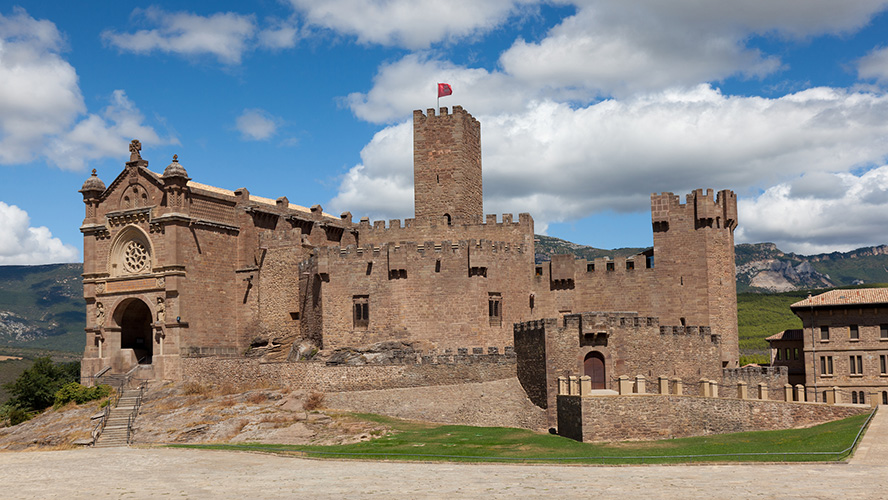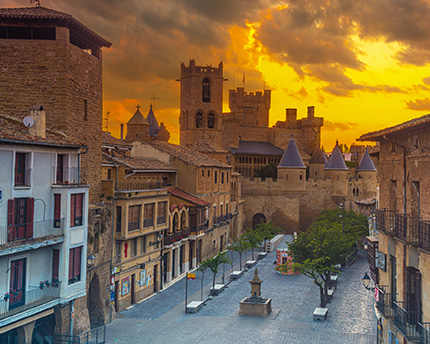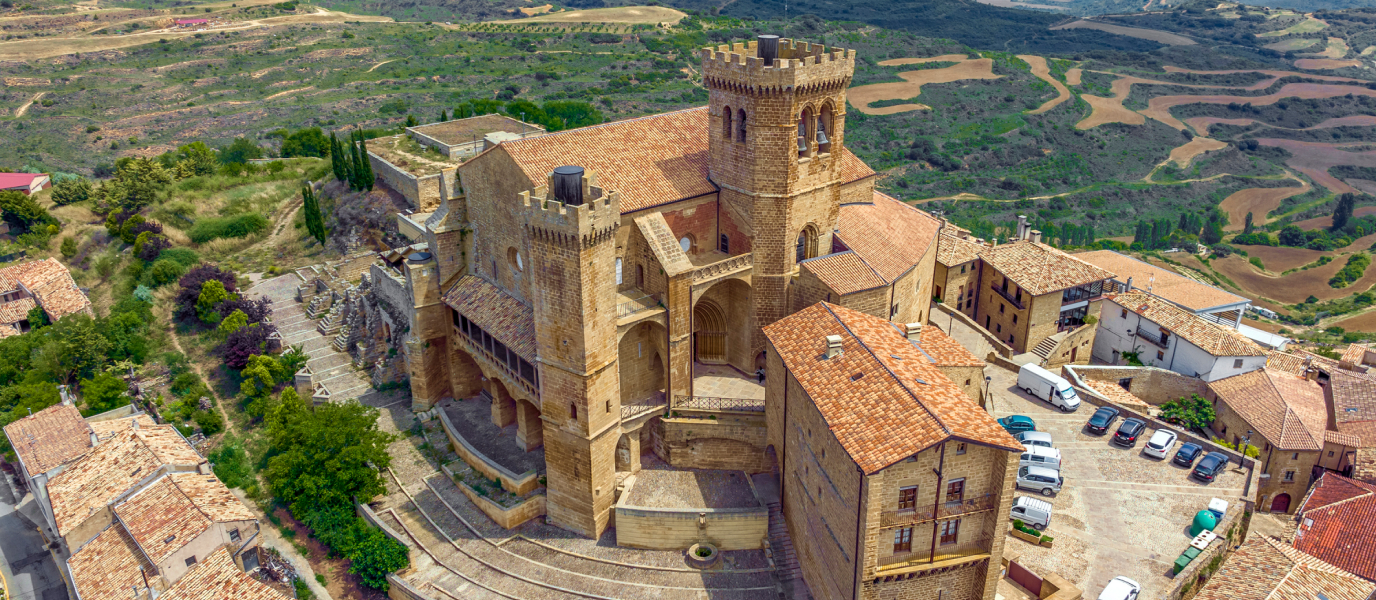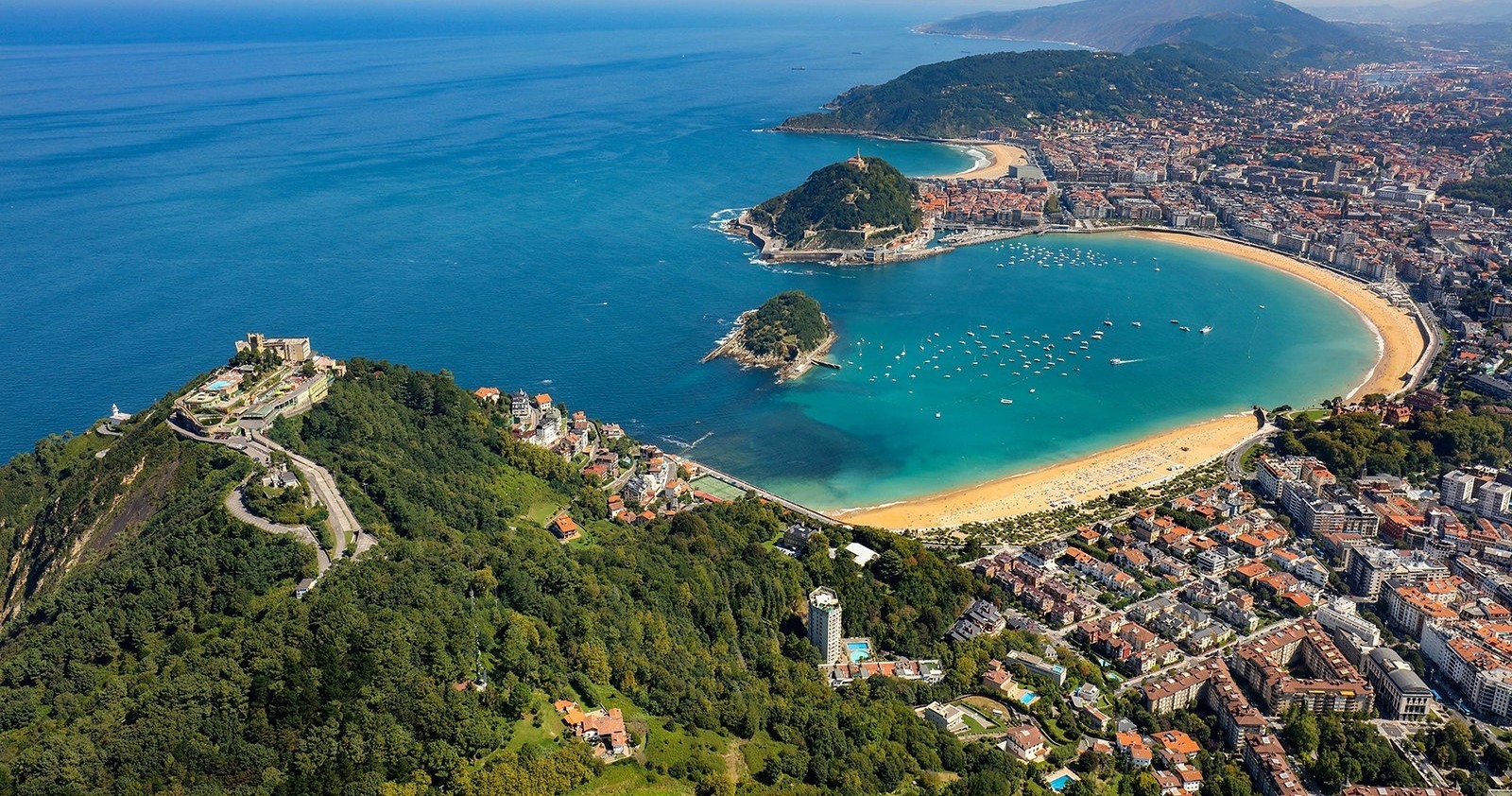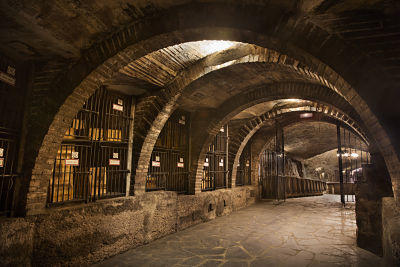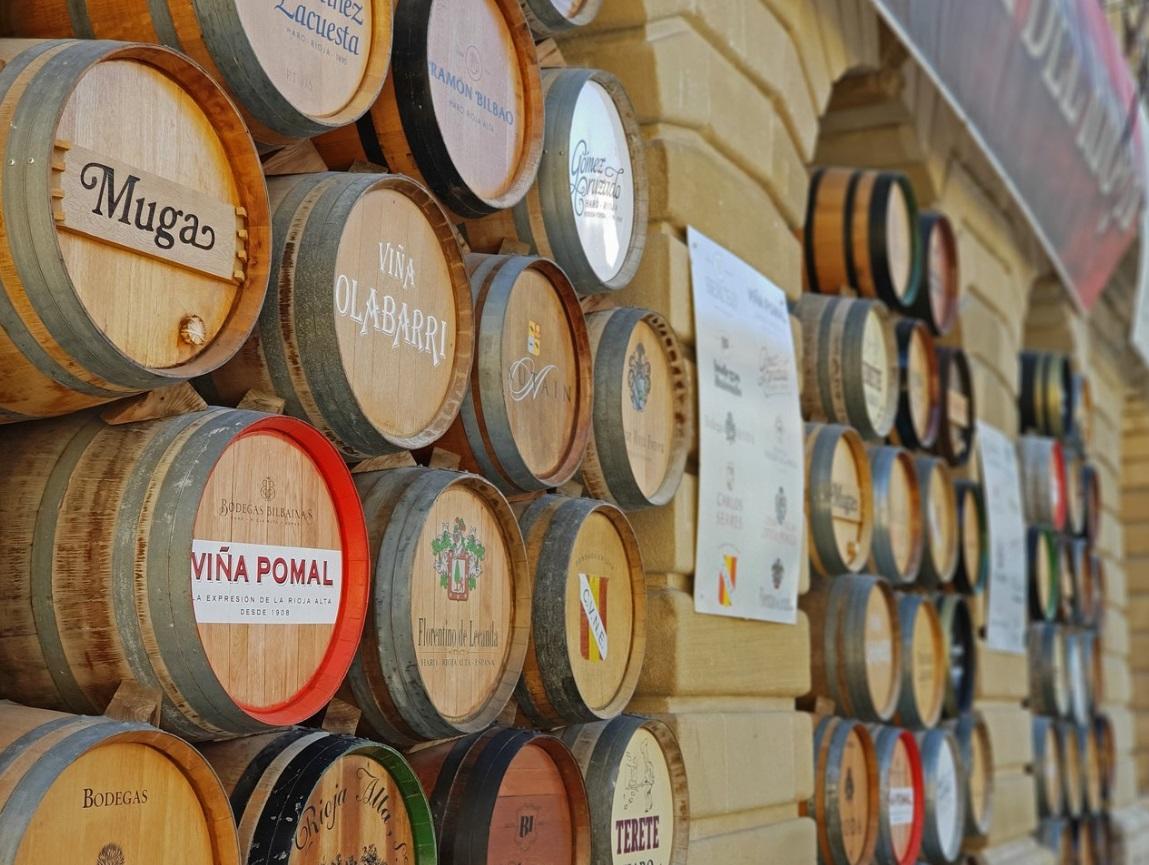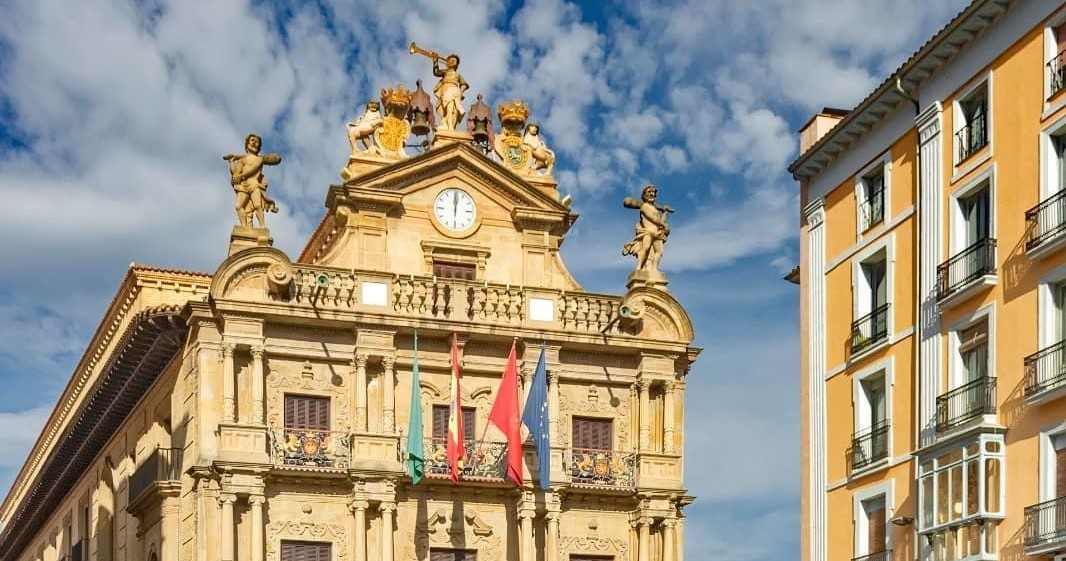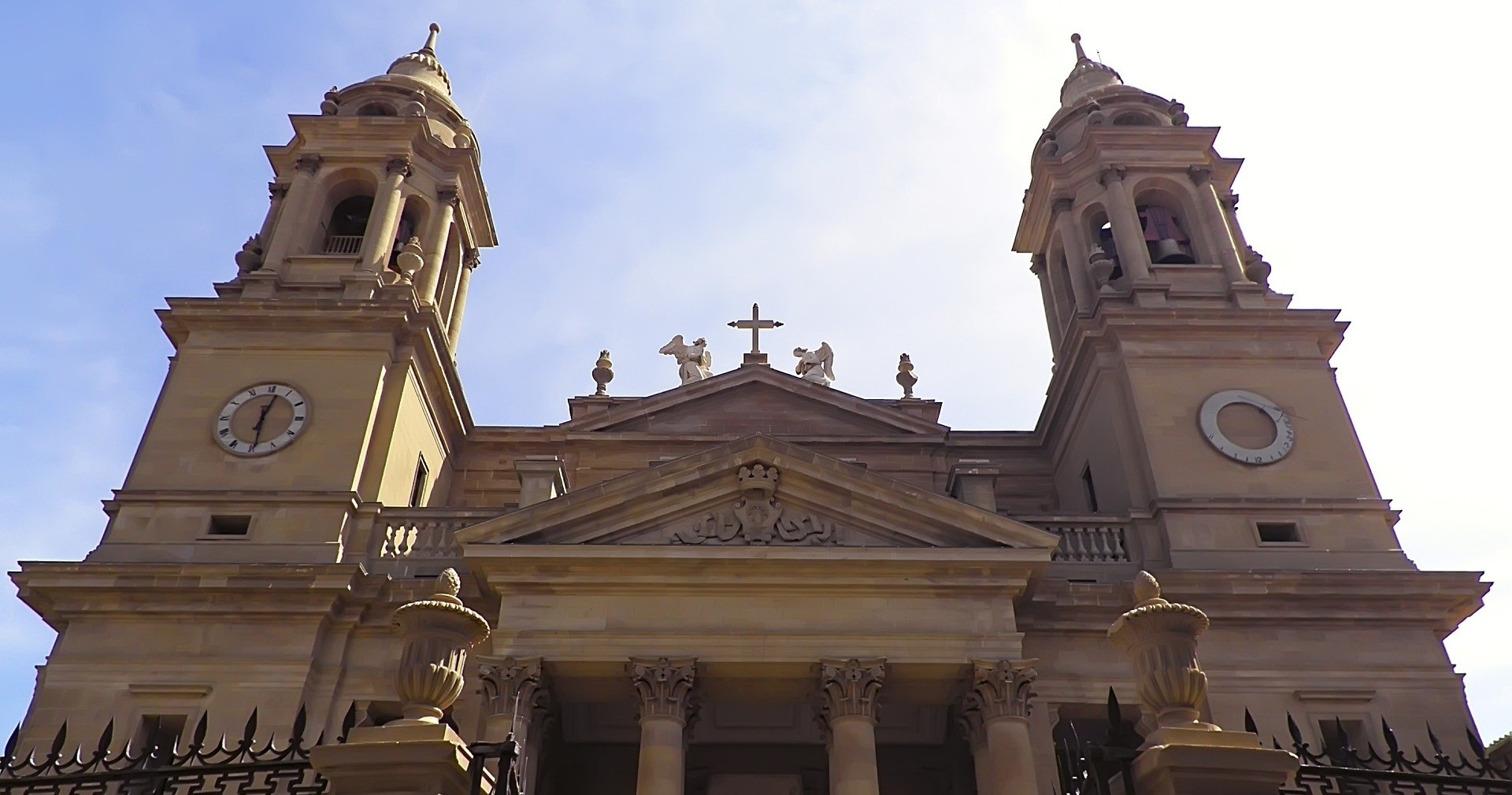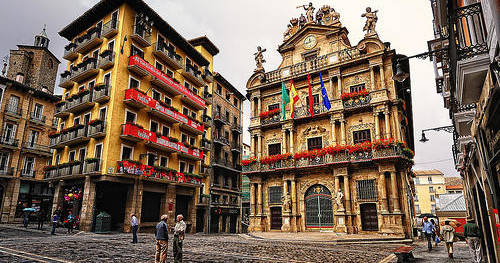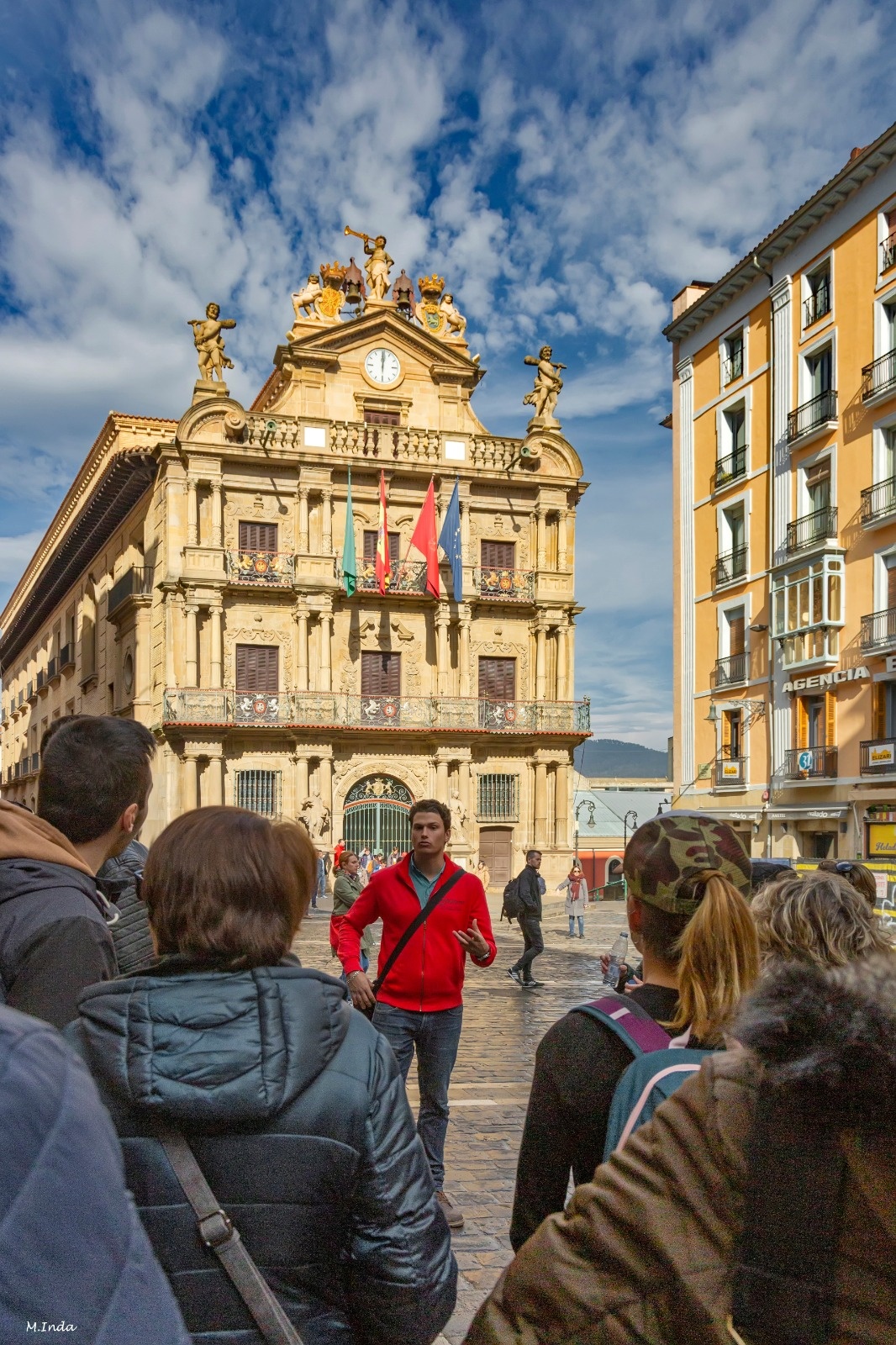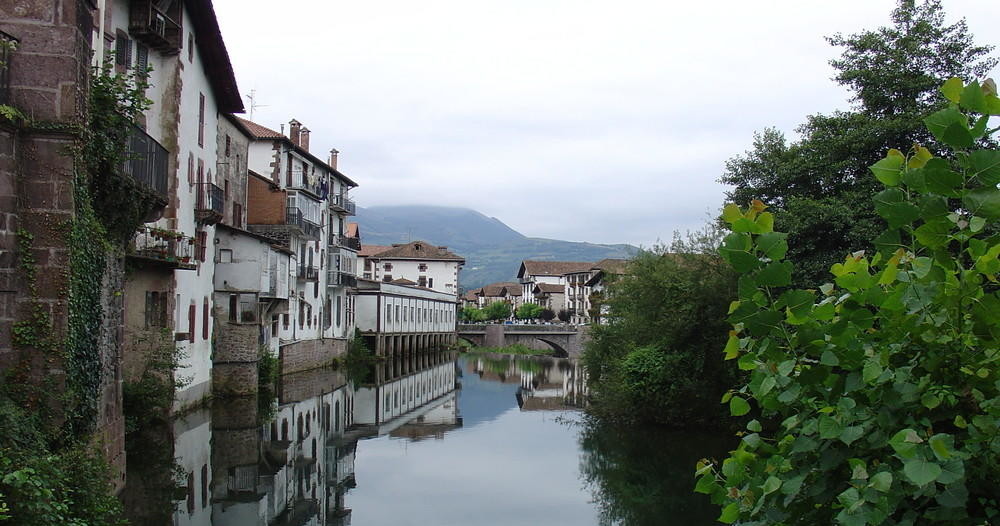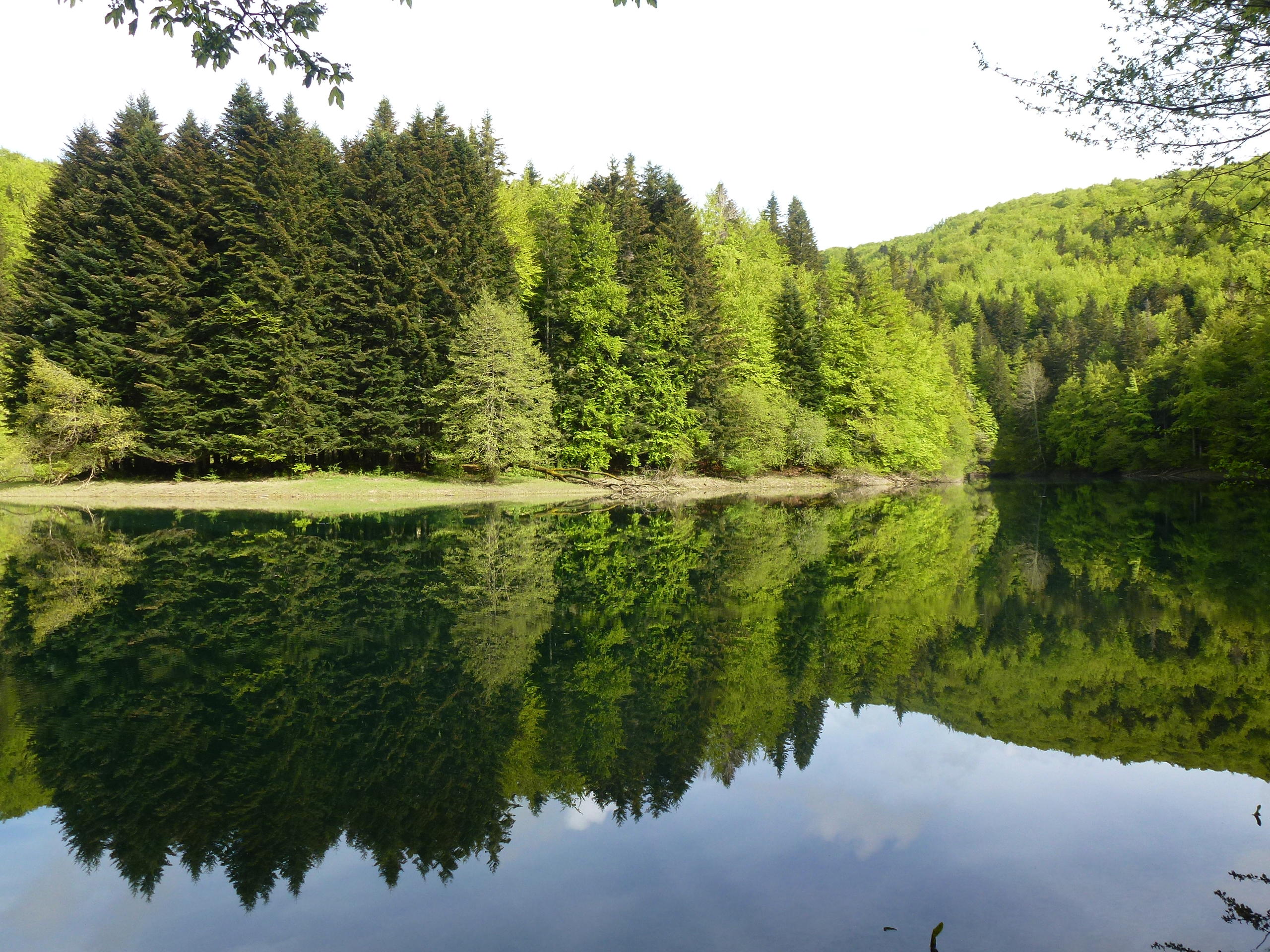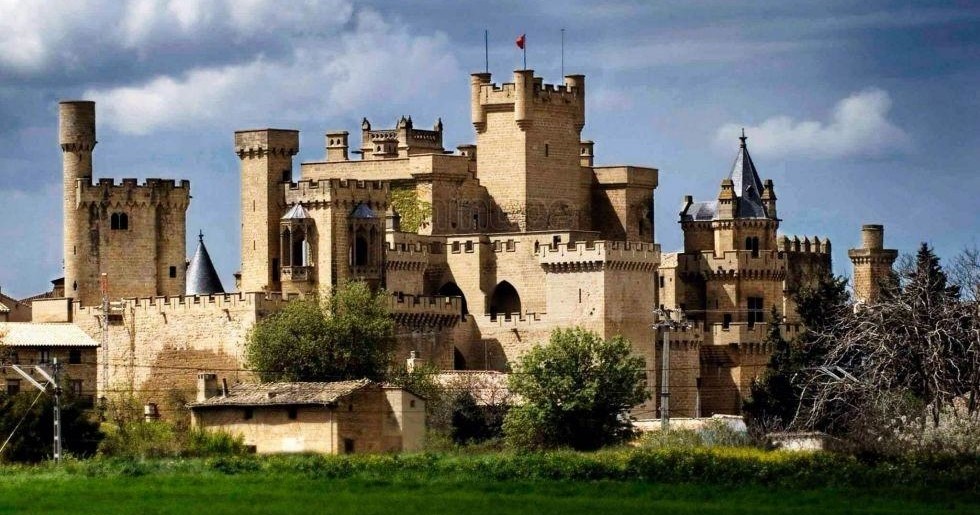Located in the north-east of Navarre, in a glorious mountain setting, 5 kilometres from the Yesa reservoir, and in the foothills of the Leyre mountain range, the Monastery of San Salvador de Leyre is one of the most important Early Middle Age monastic complexes in the Iberian peninsula. Its importance derives from its historic role, as well as from its architectural interest, its excellent state of conservation, and its splendid natural setting. In existence for over 10 centuries, the monastery is still inhabited by a community of Benedictine monks.
On the orders of King Sancho III the Elder, construction of the church began in the early years of the eleventh century and work was completed in the fifteenth century. Here, spirituality meets history, art and nature. The monastery is the great spiritual icon of the former Kingdom of Navarre, and the kingdom’s first monarchs are interred within its walls.
The History of the Monastery of Leyre
San Salvador de Leyre is one of Europe’s oldest monastic complexes. There are references to it in documents from the ninth century. Therefore, we can confidently say that this is the spiritual cradle of the ancient kingdom of Pamplona, and later the Kingdom of Navarre. King Sancho III the Elder described it as the “centre and heart of my Kingdom”, which demonstrates the huge importance of the monastery in the life of this community. We should mention that Leyre was the first place in Navarre to be declared a national monument by royal decree in 1867.
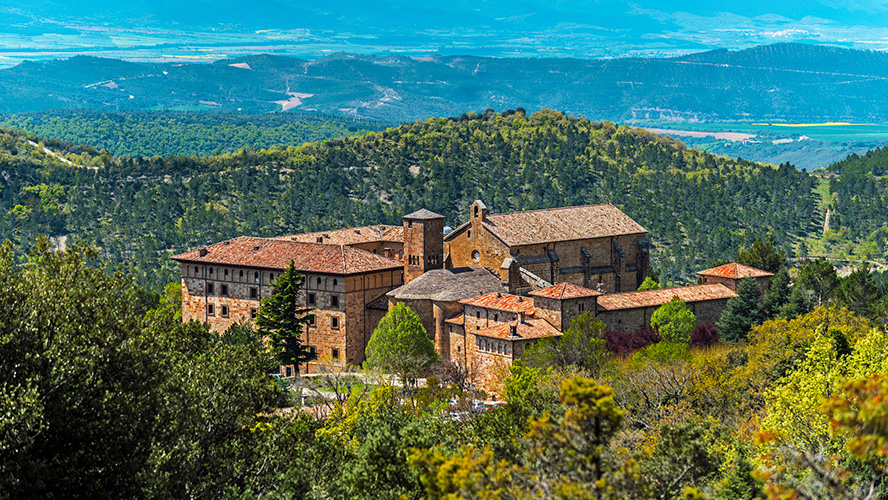
Leyre’s history is punctuated with significant events, some linked to the Church, others to monarchs and yet others to invasions, abandonment and neglect. This is the reason why you will see (as in other monasteries in Navarre) architectural styles superimposed on one another, ranging from the eleventh century to the sixteenth and seventeenth centuries. For example, the church’s three apses and its tower belong to the eleventh century, while the monastery’s principal building dates from the sixteenth century and demonstrates the splendour enjoyed by the ecclesiastical community during that period.
How to get to the Monastery of Leyre
The Monastery of Leyre is just 50 kilometres from Pamplona, and stands among forests and natural footpaths. It is set in a landscape of immense beauty, which stretches from the Yesa reservoir to the Pyrenees. To reach this monument from Pamplona, you will need to take the A-21 (Autovía del Pirineo) and turn off at exit 47 (which leads to Yesa). From there, follow the signs to the Monastery of Leyre. The Monastery is 432 kilometres from Madrid, 404 kilometres from Barcelona, and 210 kilometres from Bilbao.
What you can see on your visit
The Leyre complex comprises three distinct parts: the new monastery (sixteenth – seventeenth centuries), the abbey church (eleventh – sixteenth centuries), and the old monastery (eleventh century), which at that time contained the royal palace intended for the kings of Navarre.
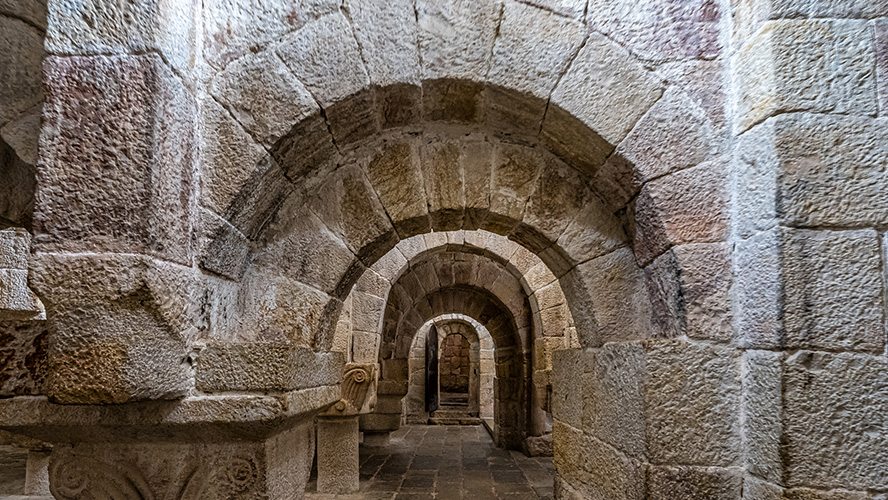
The Monastery allows visitors to take a tour of the history of Navarre through the secrets enclosed in this group of monuments. The tour lasts about an hour and during this time, visitors will get to know the legend of San Virila, see inside the Abbey Church, visit the pantheon of Navarre’s earliest kings, and see the Porta Speciosa and the spectacular crypt — the Iberian peninsula’s oldest example of Romanesque art.
The legend of San Virila
Visitors to the Monastery of Leyre will hear about San Virila, an abbot of Leyre during the ninth century, who went out walking and on hearing the song of a nightingale, was entranced and fell into a deep sleep. When he awoke, he made his way to the door of the monastery, but no one recognised him. A curious monk set about finding out where he had come from, and discovered in the abbey’s books that there had, in fact, been an abbot named Virila, but 300 years earlier. It is said that when he entered the church, the nightingale appeared with the abbot’s ring, and put it on the abbot’s finger — and the voice of God was heard. Nowadays, there is a walking trail around the monastery in homage to San Virila.
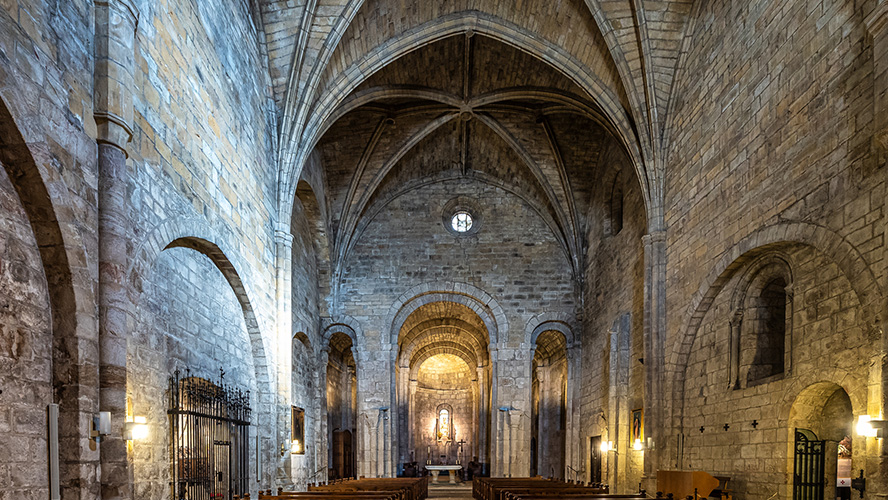
Information for visitors
The price of the tour (5 euros for adults, and 7 euros for a guided tour) includes access to the crypt and the church, as well as explanations of the external features included in the tour. Opening hours and vacancies for guided visits are available when you start making your booking. The last (unguided) tour of the day takes place 45 minutes before closing time.
In the monastery’s visitors’ area, next to the square where the complex is located, there is a terrace with a garden and a bar and snack bar with excellent views.
Opening hours are Monday – Sunday from 10.00 a.m. until 6.00 p.m. There are special rates for children and for groups.
What can I see in the surrounding area
Very close to the Monastery of Leyre is the little village of Javier, built around a magnificent castle. There, the patron Saint of Navarra, San Francisco Javier, was born in 1506. Not far away (11 kilometres, to be exact), is the Lumbier Gorge and, a little further (32 kilometres) away, the Arbayún Gorge. Moreover, just 90 kilometres away, lies the Laguna de Pitillas which is of particular interest to birdwatchers. Also well worth a visit is Sos del Rey Católico (29 kilometres away), Sangüesa (16 kilometres away), Lumbier (23 kilometres away), and Puente la Reina (70 kilometres away).
